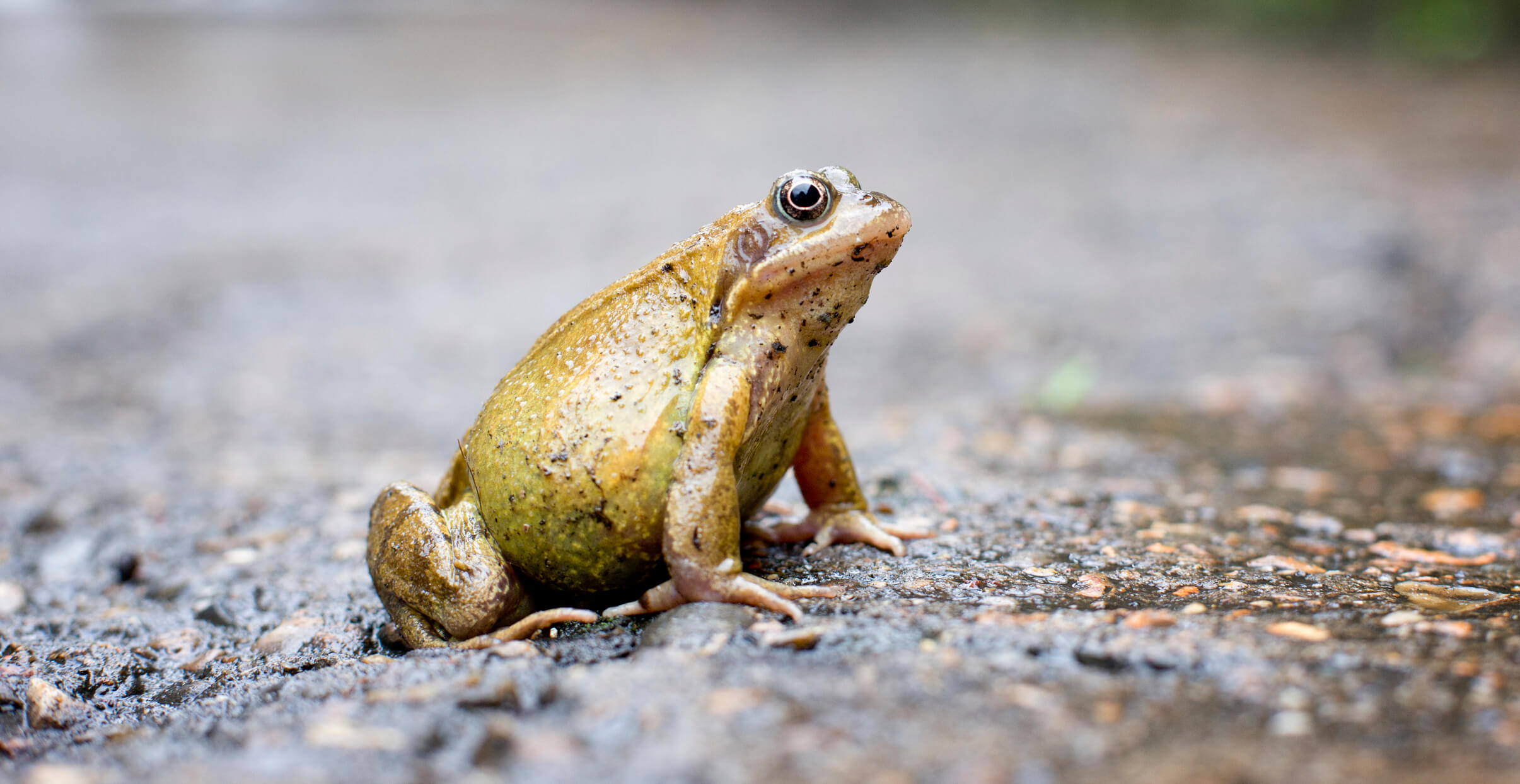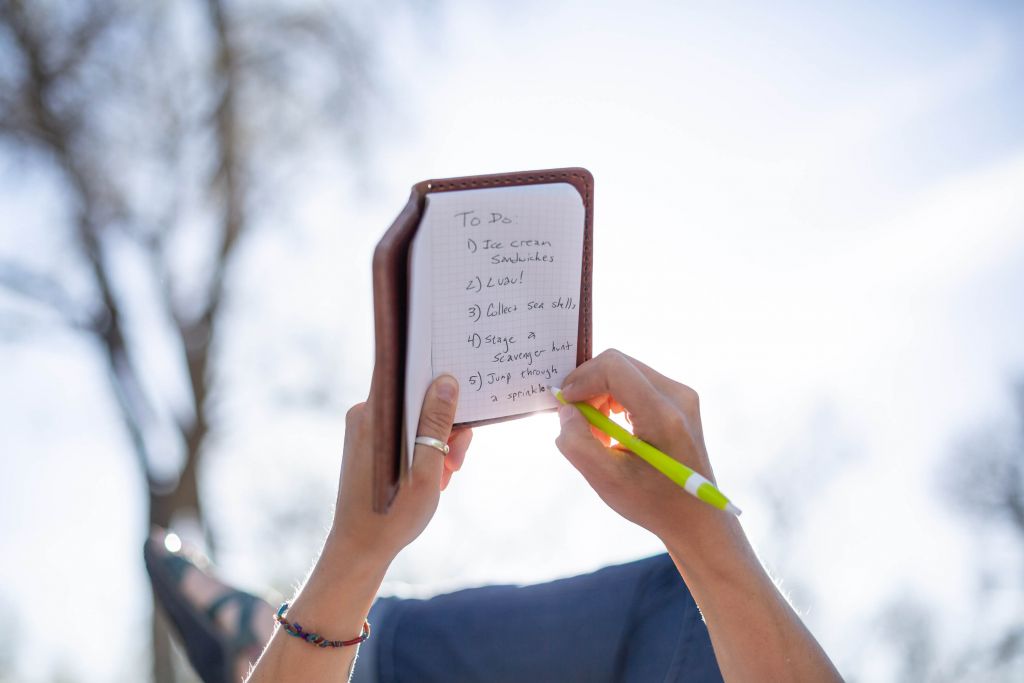
When we plan our day, it seems logical to put the least pleasant things off until last. Meanwhile, the frog-eating method says it’s more beneficial to get them done first.
And why the frog? It all started with Mark Twain, who once said, “Eat a live frog first thing in the morning and nothing worse will happen to you for the rest of the day.” The concept of eating a not very appetizing amphibian, and a live one at that, was adopted by Brian Tracy in his book “Eat That Frog”, in which he wrote about methods of increasing productivity. And so the frog became popular as a time management technique
Of course, we don’t eat amphibians literally. “Frogs” are figuratively small but unpleasant tasks that we very much dislike doing. They are usually things that involve discomfort, stress, boredom, and other negative feelings. Among the typical “frogs” we can mention:
This list is practically endless, because for everyone “frog” can be something different. It can be recognized by two distinctive characteristics:
The problem is that constantly putting off “frogs” often leads to serious problems. For example, if we ignore an unpleasant customer for too long, he may eventually come to our office and complain about us or cancel our services.
Such “frogs” significantly affect our lives, and their annoyance involves getting out of our comfort zone. Putting them off negatively affects our productivity and mood. Our thoughts, willingly or unwillingly, constantly return to “frogs”, which spoils our mood and distracts us from other tasks.
According to this concept, if we start the day with the least enjoyable thing, we will charge ourselves positively and motivate ourselves to complete the remaining tasks. Therefore, when you plan your day, your “frogs” should be at the top of your to-do list. I’m sure you can easily identify them, because no one knows better than you what issues and tasks you’re avoiding.

Here are some examples of how this principle can be put into practice:
Sit down and write a to-do list. Cross out the non-essentials, and highlight the things that are the most delayed, unpleasant, and annoying – these are your “frogs”. Now do them first and don’t think about them anymore.
And remember, although “frogs” should be done at the beginning of the day, it is recommended to start the day with something more pleasant, for example, with a cup of good coffee, a glass of juice, fresh baked goods, favorite music, etc.
First of all, we have more strength and energy in the morning, which means that it is easier for us to deal with such things. Second, after “eating frogs for breakfast”, we can with a peaceful conscience put it out of our minds and focus on other tasks. Third, unpleasant matters are often the most important things on our list, and if we always start with them, it greatly increases our productivity.
The secret is also in our physiology. Time management is closely linked to natural human rhythms and resources as well as psychology. “Eating a frog” in the morning:
The limbic system with the regular release of endorphins will “agree with the arguments” of the new cortex about the need to plan, work and achieve. You will work more effectively as your resources and abilities on a physical and intellectual level increase.

There are three simple rules for “eating frogs” in time management:
1. “Eat frogs” in the morning. Schedule everything unpleasant and difficult in the morning, or at least in the first half of the day, when you have the most strength and self-discipline.
2. “Eat frogs” every day. Try to identify the most unpleasant tasks on your list each day and deal with them. By doing so, you develop self-discipline and get used to doing difficult tasks, and you will significantly reduce the number of such “frogs.”
3. Always choose the scariest one out of two or more “frogs”. If you are faced with several unpleasant tasks, start with the one that causes the most stress and discomfort.
“Frogs” wouldn’t be called that if they could be easily “swallowed”. Unfortunately, we can know all of the above rules, but still put off the unpleasant tasks. So let’s look at some ways to motivate ourselves to complete them.
1. “Frog” the challenge. See it not as a potential source of unpleasantness and stress, but as a test, a trial, a challenge to your skills, an opportunity to show yourself and the world how much you are worth. Using this mindset, you will be more determined to deal with unpleasant things and even enjoy doing so.
2. Don’t think too much about “frogging.” Plan and execute, and focus on other activities beforehand. The more you think about an unpleasant matter, the more stressed and discouraged you become.
3. Try to get the unpleasant task done as quickly as possible. And preferably “eat the frog” as soon as it appears. Concentrate not on doing the task at all, but on getting rid of it as quickly as possible.
4. Swiss cheese method. If you can’t bring yourself to “eat the frog,” use the Swiss cheese method – break the unpleasant task into smaller ones that are easier for you to complete.
5. Take the first step. Don’t think about doing the whole task, just take the first step that will get you there and one after which there is no going back.
Also read about the inverted pyramid of motivation.
Main article image: photo by JW LTD / Stone / Getty Images